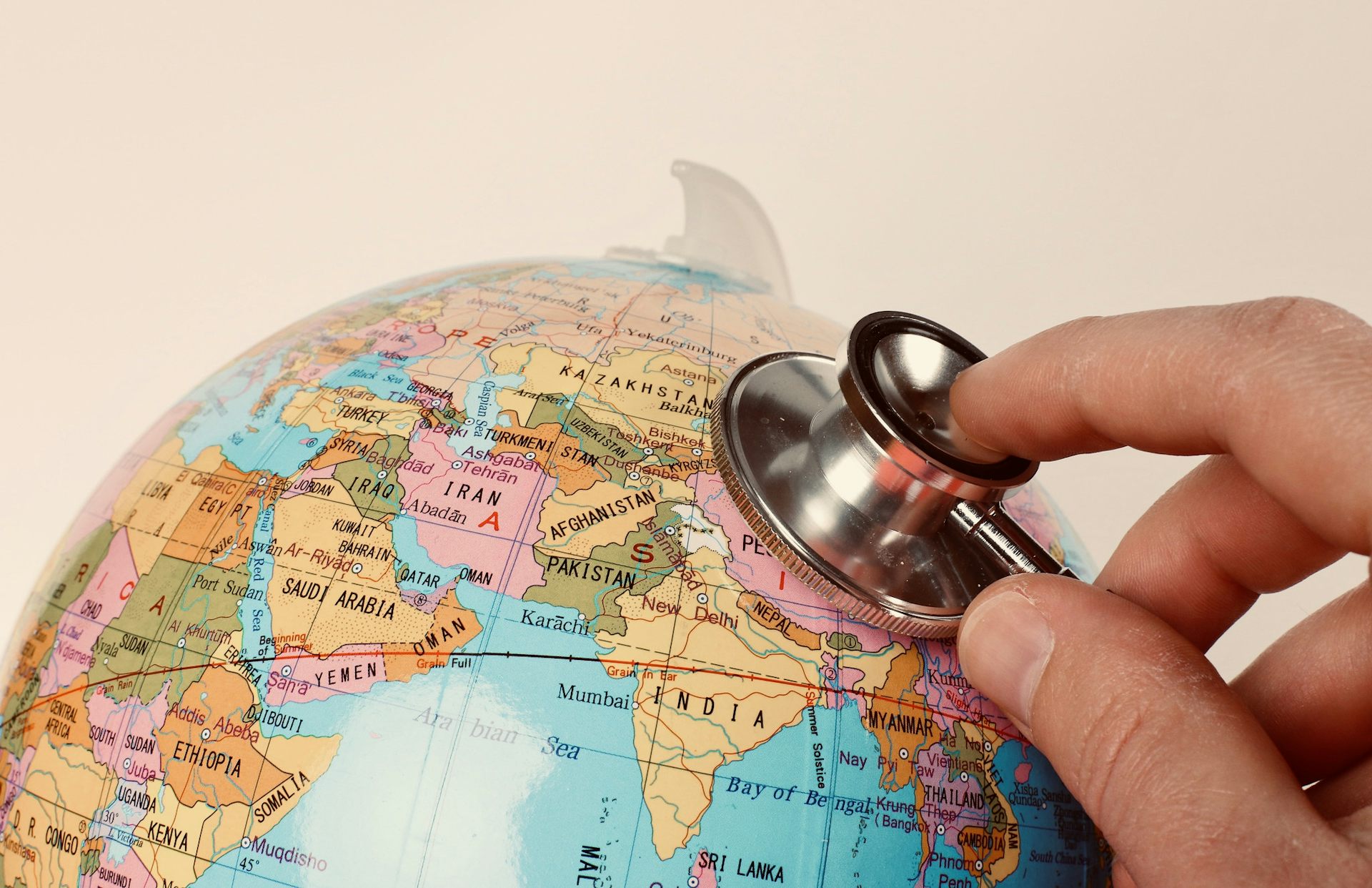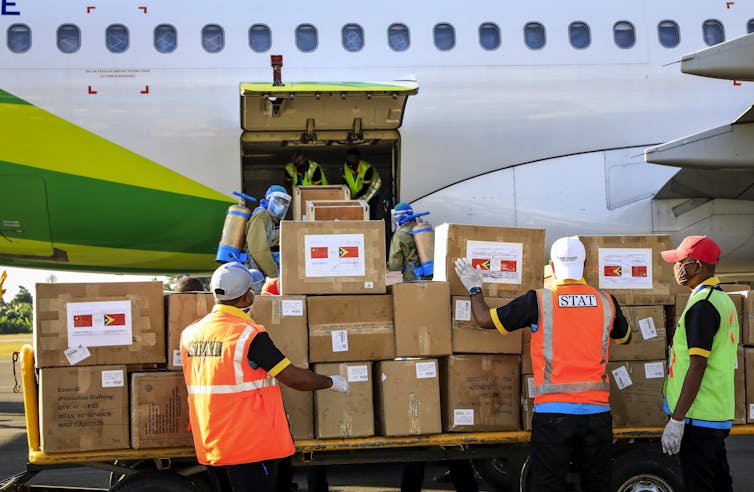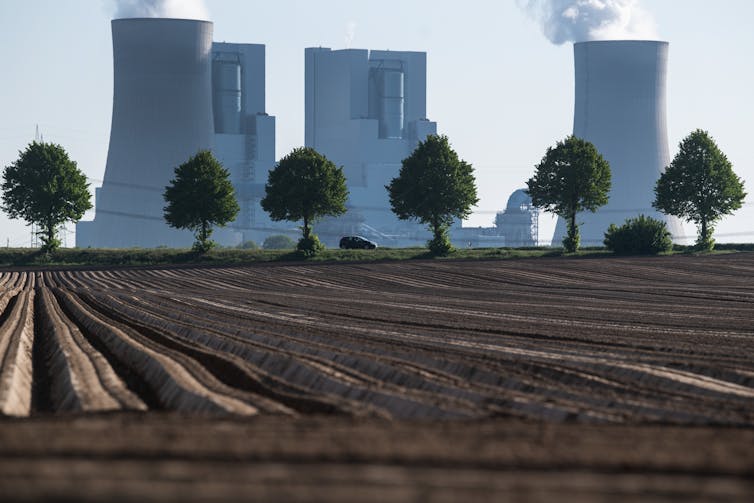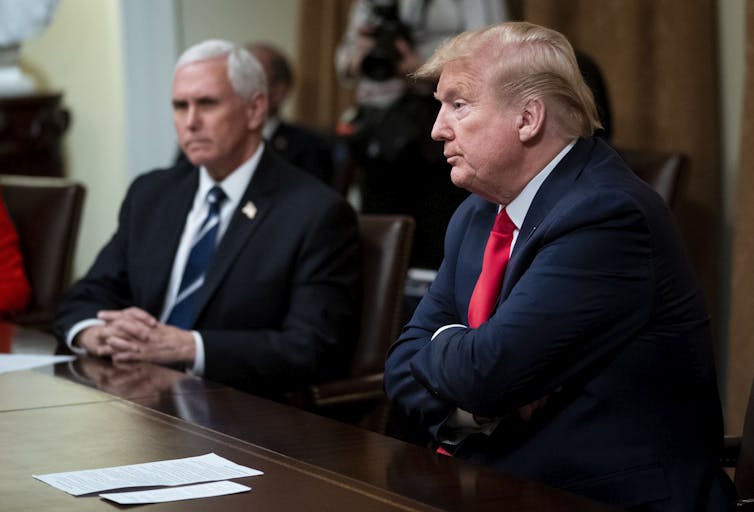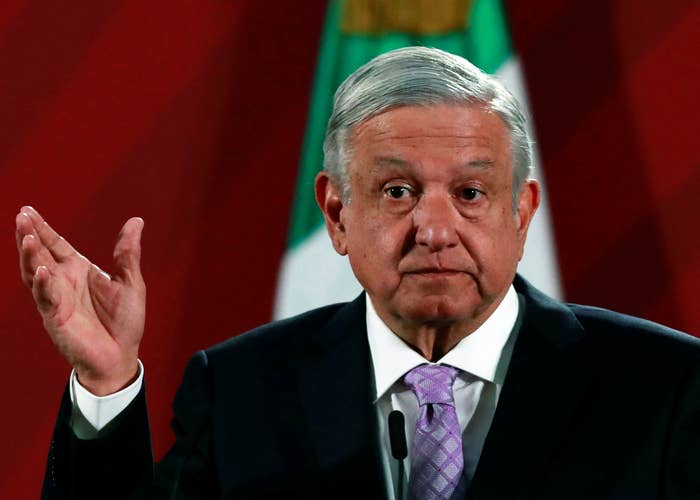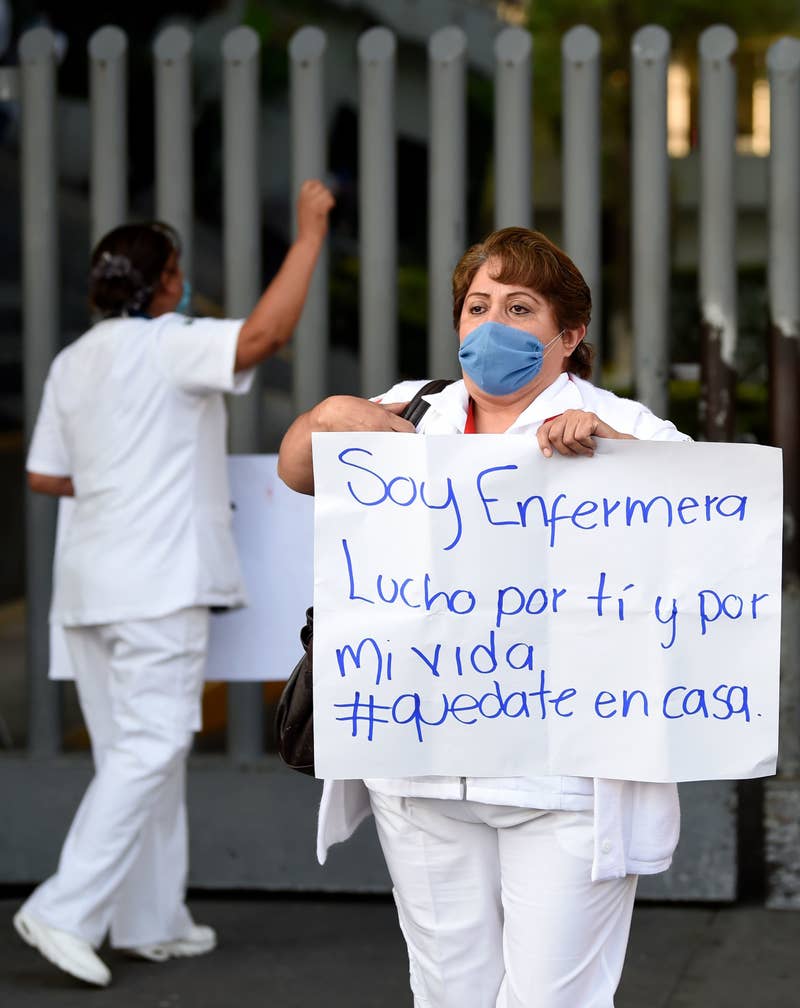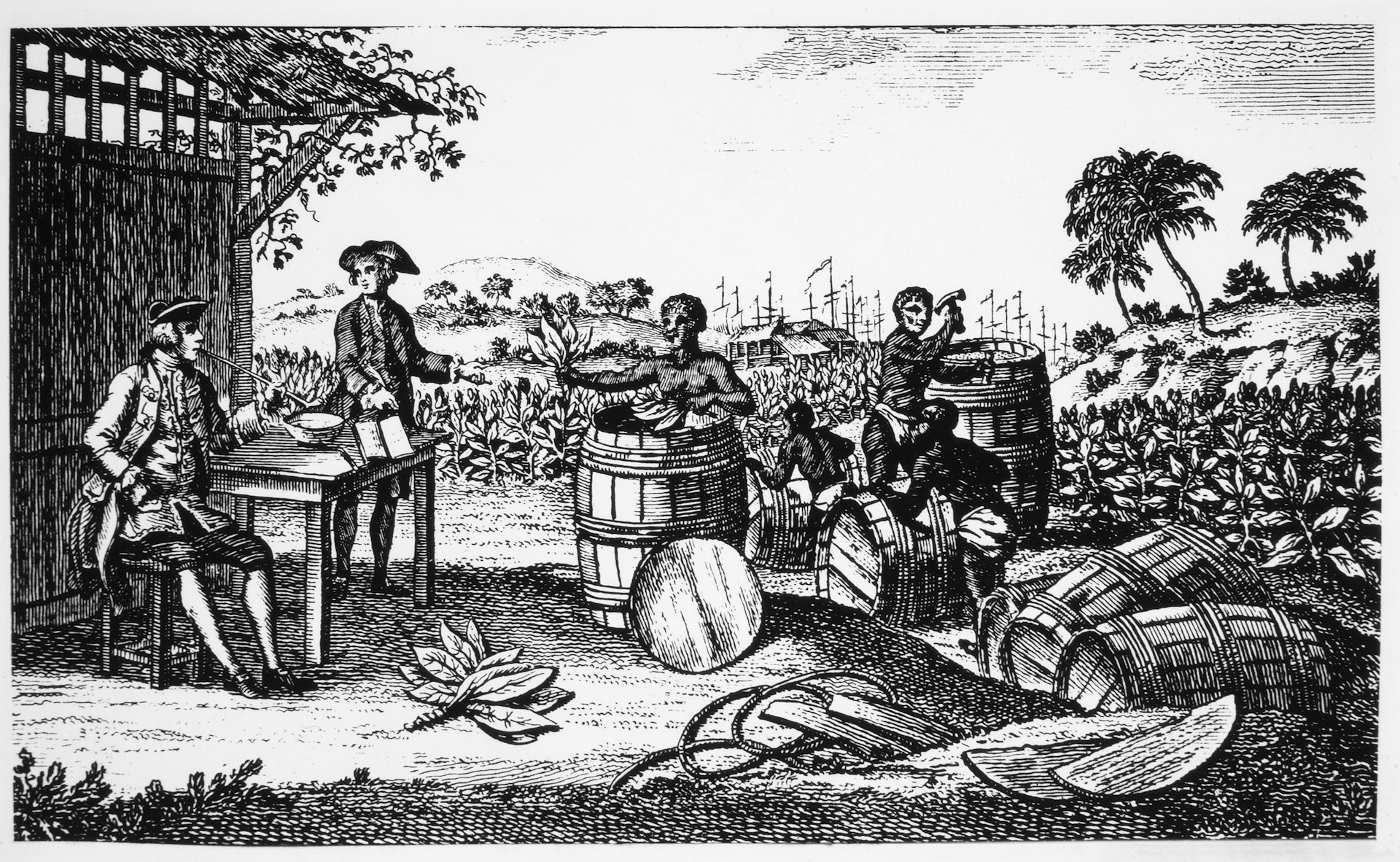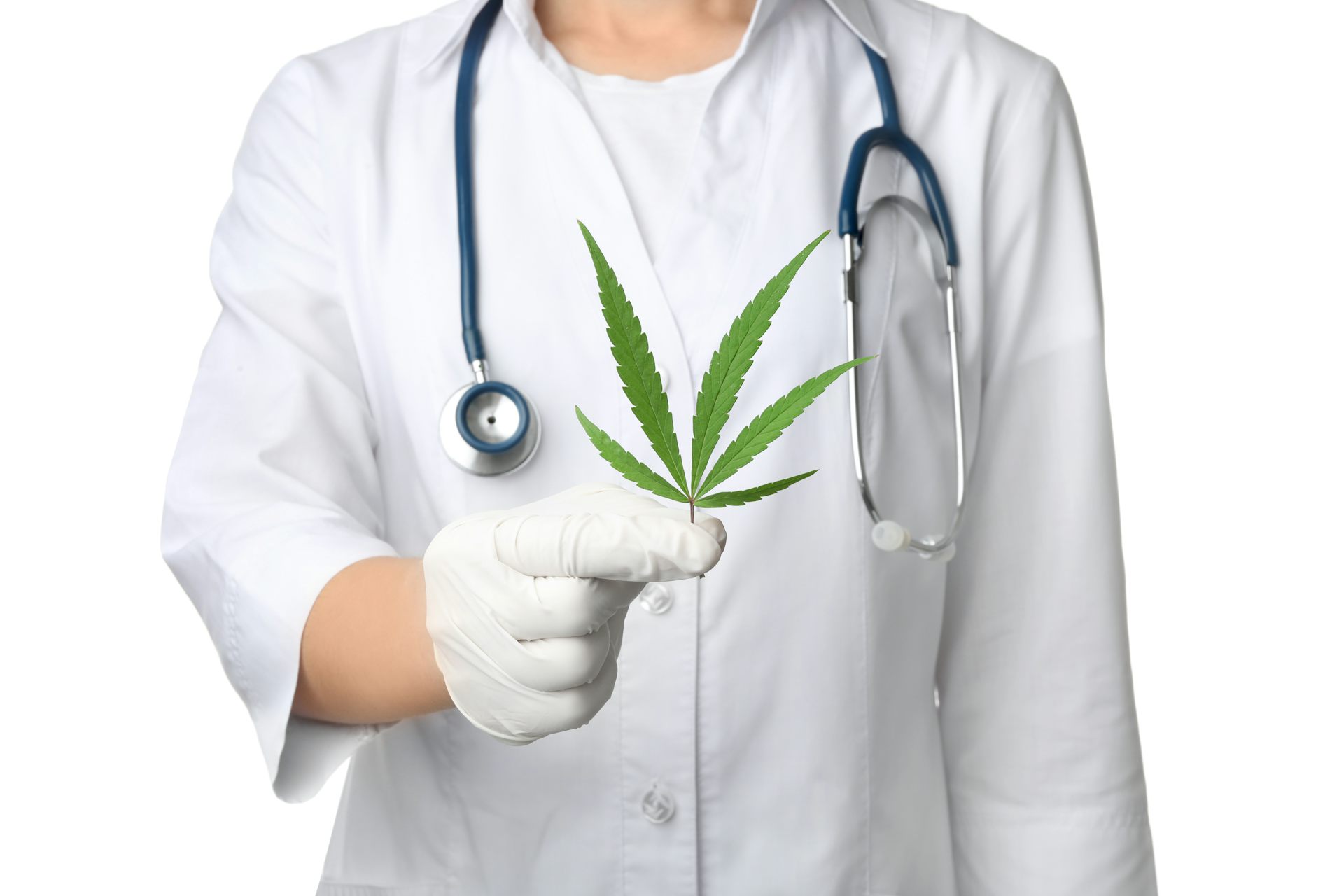Actor Jim Carrey ridiculed President Donald Trump for making the Grim Reaper jealous with his latest painting.
“Grim Reaper officially jealous of Trump and GOP’s ability to double the death toll,” the piece said, with a picture of Trump and the Grim Reaper with a raised middle finger.
— Jim Carrey (@JimCarrey) May 11, 2020











